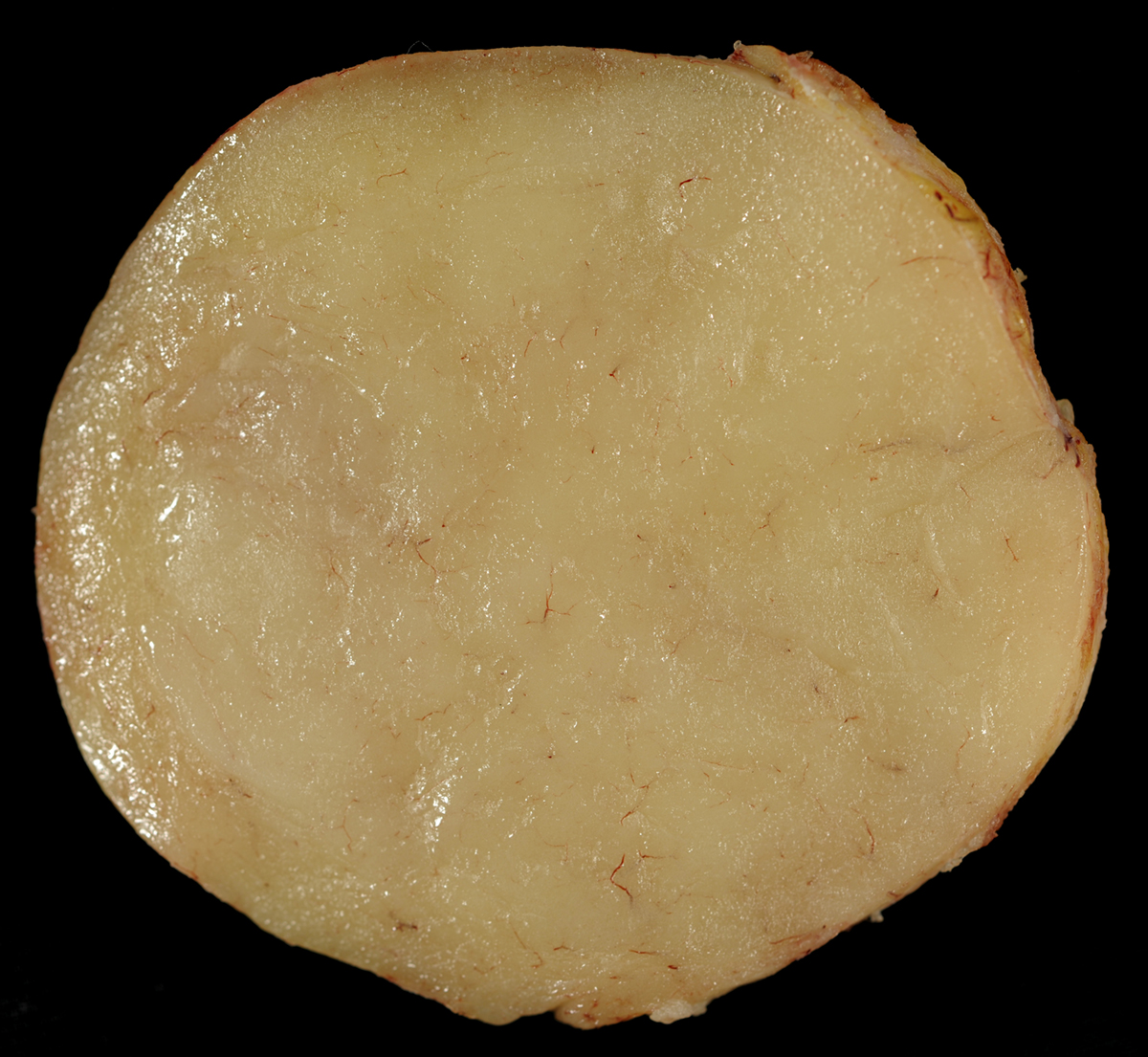
Lipoma is a benign tumor located under one's skin. Usually, while it is in the initial stage of its growth, a person is unable to notice it and is often unaware of it. However, later, when the lipoma has grown to the fullest it can easily be noticed. You will see a bump located beneath your skin. Upon touching it, you will see that it moves and feels strange to the touch. Namely, it is soft, but at the same time compact. In fact, there are different types of lipomas, all demanding a different type of treatment and, subsequently, having different causes as well as symptoms. Therefore, in order to notice a lipoma and recognize it in the first place, you need to know which types of this phenomenonexist.
Varieties of Lipoma
The most typical and common kind of lipoma is called underlying lipoma or angiolipoma. This tumor causes significant amounts of pain. Secondly, there is hibernoma, which presents a tumor or a lump of fat tissue underneath your skin. Sometimes, lipomas may form in combination with blood vessels, fat and connective tissues. These strange bodily anomalies are called angiolipoleiomyoma. An intradermal spinde cell lipoma is another type of this phenomenon, which usually affects women, and appears somewhere on their backs, necks or shoulders. Another type of lipoma, typical for women is chondroid lipoma, and grows on their legs. The elder tend to suffer from what is called a fatty lipoma. This type is known to cause pain and discomfort in one's joints. Additionally, the lipoma may press on some of the nerves in your body, being called neural fibrolipoma.
Reasons behind Lipomas and Their Possible Treatment
These strange growths are still a mystery to our medical knowledge. Yet, we know that these are likely to appear on people who have a history of tumors in their family or have suffered from a wound which has not been treated adequately.
As for the treatment, most people, as well as their doctors, decide not to take further measures against these growths, taking into consideration that a lipoma's diameter rarely exceeds 10 cm. Nevertheless, pain or aesthetic reasons, often create a need for a surgical removal of these phenomena. Alternatively, if a person has a small benign tumor of this type, he or she is given steroid injections which shrink it to the size which is invisible. The surgery itself is meant for bigger tumors. It involves cutting into the skin, removing the tumor and stitching the skin back together.

















Your thoughts on this
Loading...